11 Famous Cities You Didn’t Know Weren’t Capitals
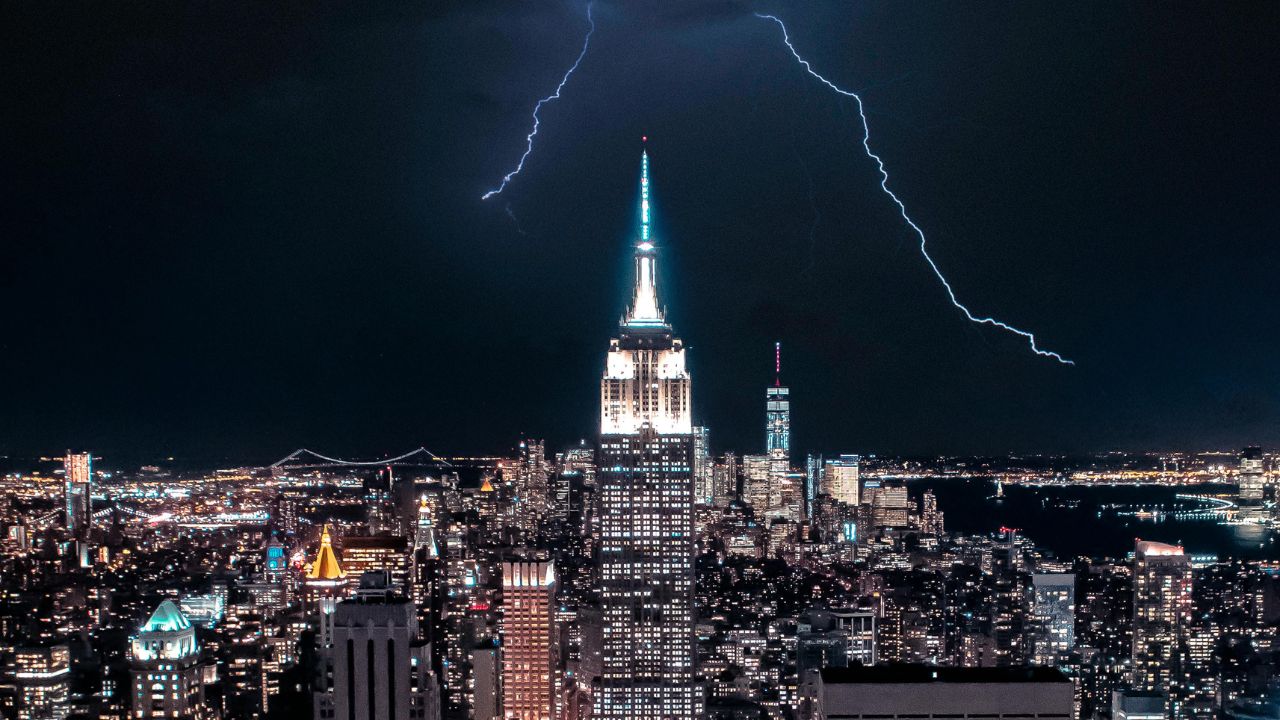
It’s easy to assume that a country’s most famous or populated city must also be its capital, but that’s not always the case. Around the world, many iconic cities lead in culture, business, tourism, and influence without holding any official political title. These urban giants often steal the spotlight, making headlines and shaping global trends, while the actual capitals quietly govern in the background. From historic ports to modern metropolises, here are 11 world-renowned cities that aren’t capitals, but easily could be mistaken for one.
New York City, USA
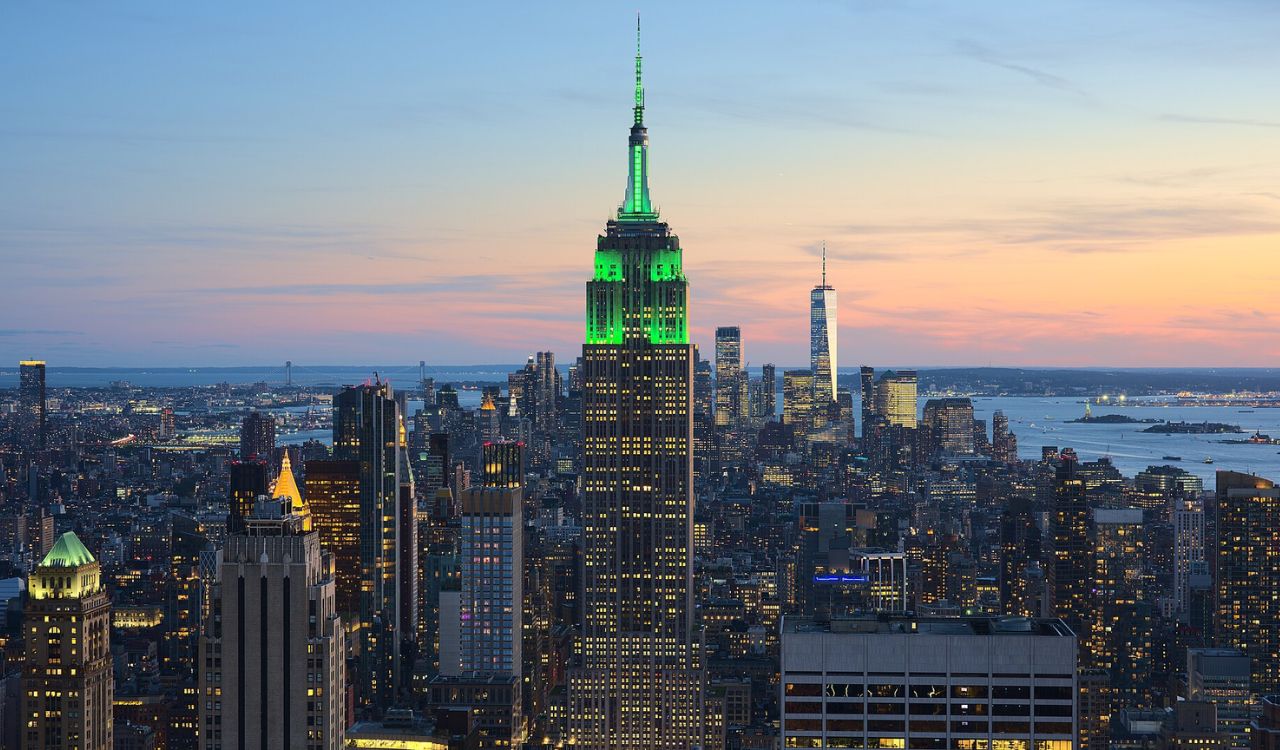
With its towering skyline, buzzing streets, and global influence, many believe New York City is the capital of the United States—but that title belongs to Washington, D.C. Still, New York holds unmatched cultural and economic power. Home to the United Nations, Wall Street, Broadway, and over 8 million people from around the world, it embodies diversity and ambition. Known as “the city that never sleeps,” NYC sets global trends in finance, fashion, arts, and media. It may not be the political capital, but in the eyes of many, it’s the true heartbeat of the nation—and even the world.
Sydney, Australia
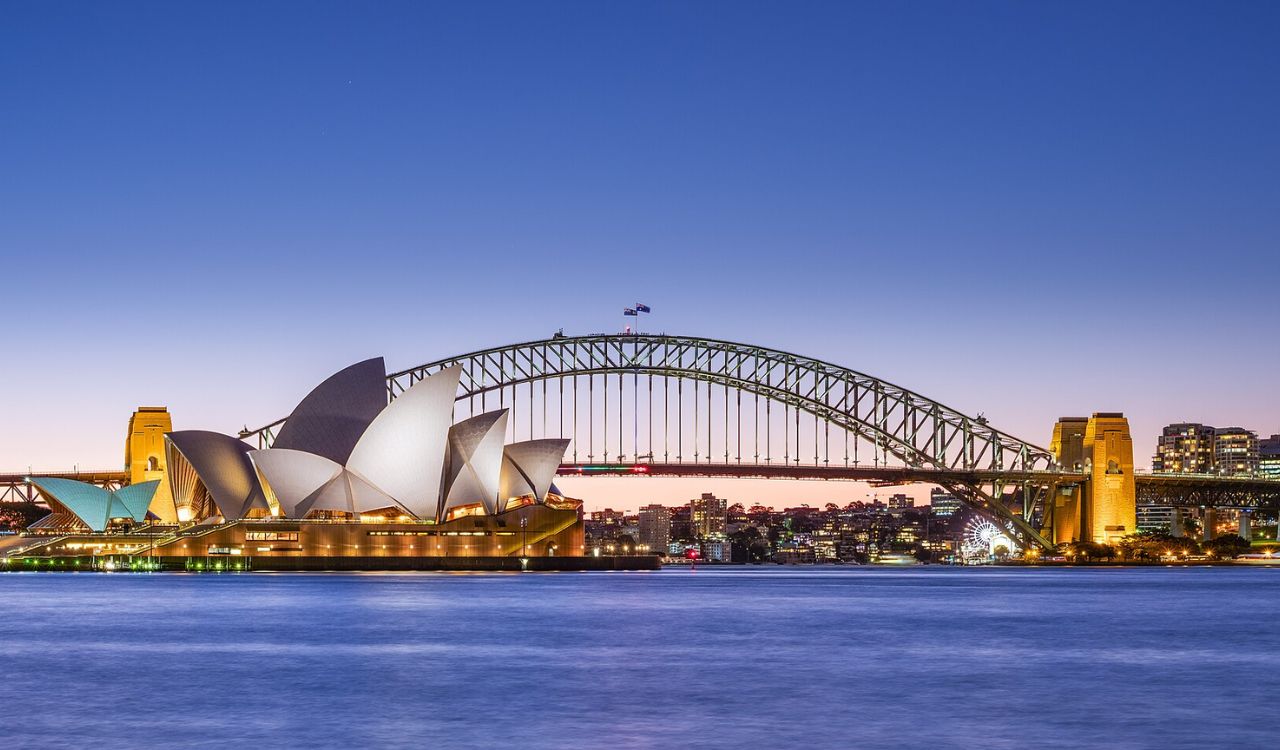
With its sunny beaches, iconic Opera House, and laid-back vibe, Sydney is often mistaken for Australia’s capital. However, Canberra holds that title. Sydney is the country’s largest and most cosmopolitan city, setting the tone for culture, finance, and tourism. It’s where modern skyscrapers meet surf culture, and where global events like New Year’s Eve fireworks capture the world’s attention. Though it lacks official political status, Sydney is without question the city most associated with Australia on the world stage.
Rio de Janeiro, Brazil
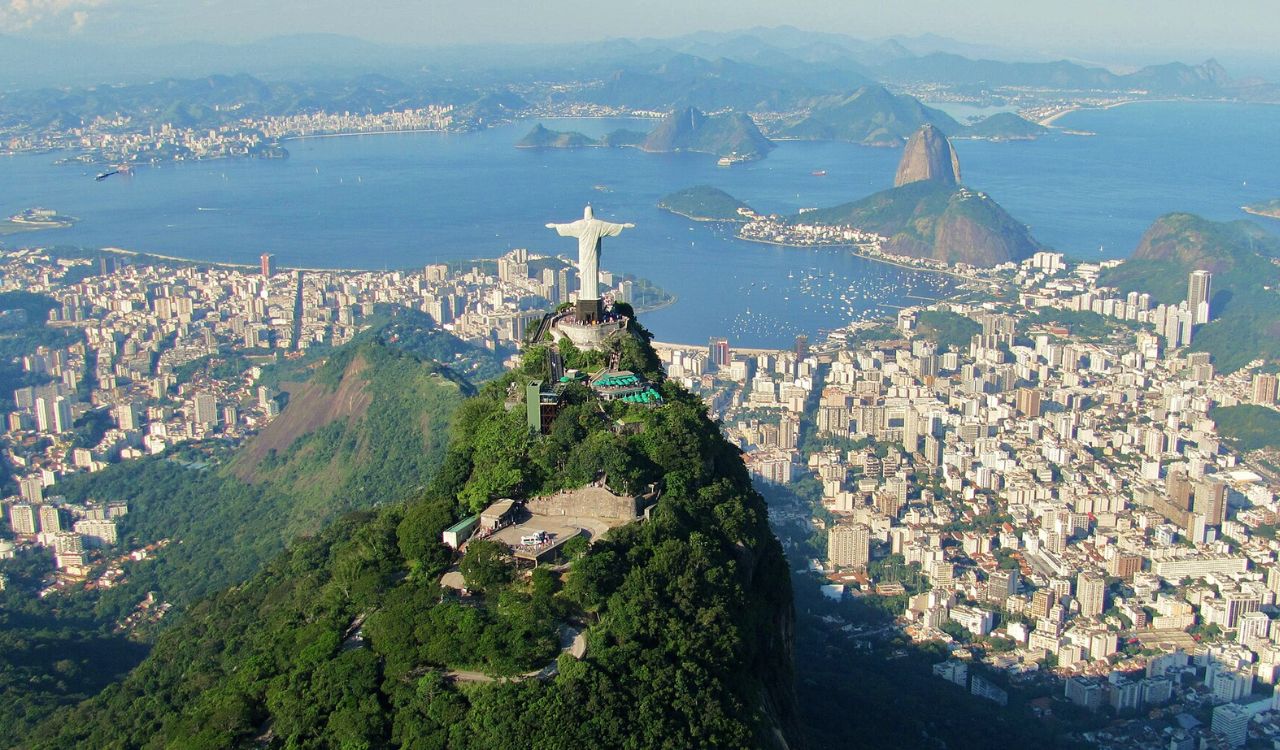
Colorful, energetic, and unmistakably Brazilian, Rio de Janeiro is the life of the party—but not the capital. That role belongs to Brasília. Rio was the capital until 1960, and while it lost the title, it kept the charm. From the iconic Christ the Redeemer to the rhythm of Carnival, Rio pulses with culture and joy. Its beaches, like Copacabana and Ipanema, attract millions every year. Political power may have moved inland, but Rio remains the soul of Brazil, drawing visitors with its stunning scenery and celebratory spirit.
Istanbul, Turkey
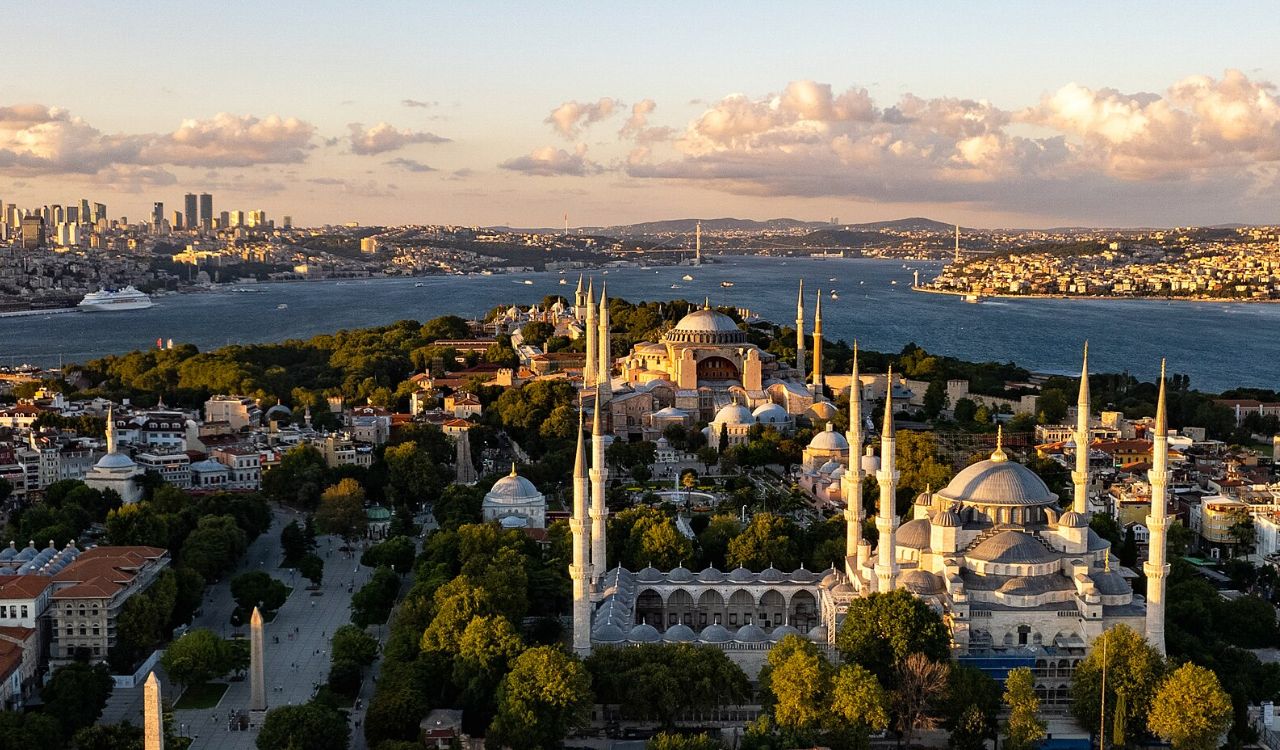
Once the capital of empires, Istanbul now plays second fiddle to Ankara in official status—but certainly not in spirit. This historic city straddles two continents and has been the heart of both the Byzantine and Ottoman empires. Today, Istanbul dazzles with grand mosques, bustling bazaars, and layered history. It remains Turkey’s largest city and its cultural and economic hub. While Ankara holds the government offices, Istanbul holds the world’s fascination with its unique blend of East and West.
Toronto, Canada
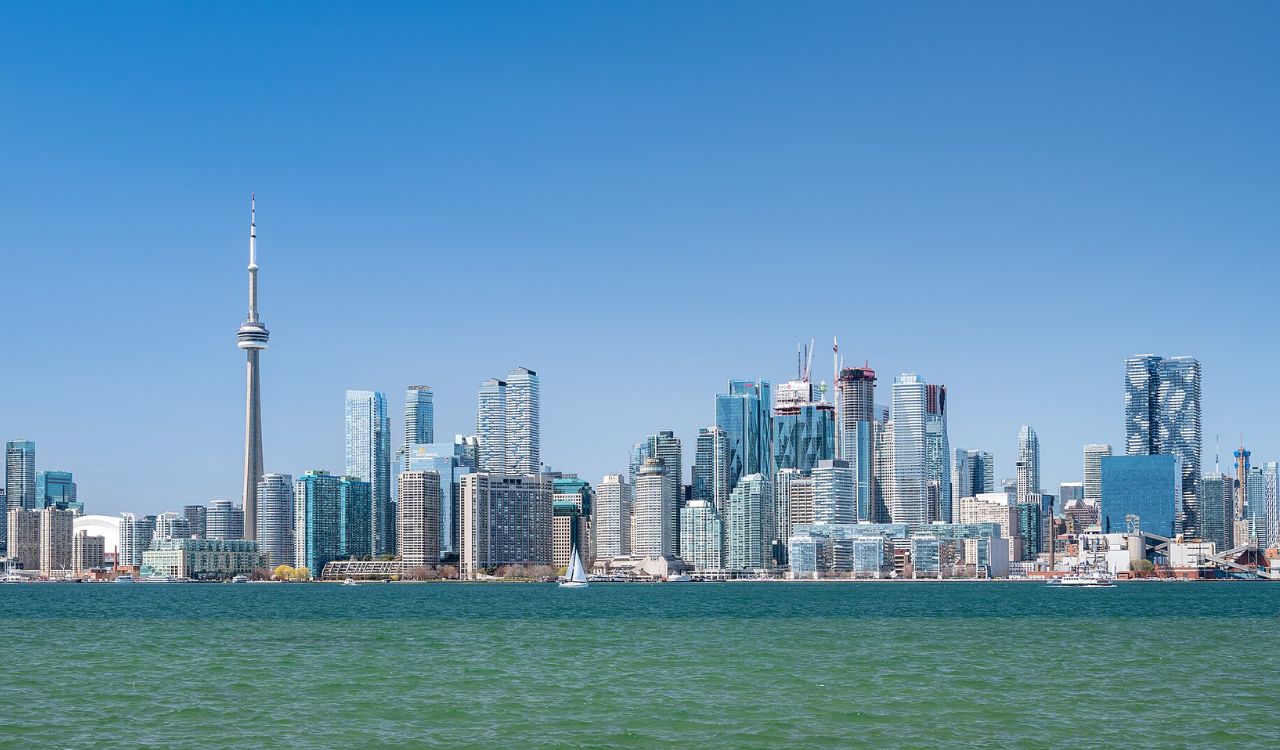
Toronto is Canada’s largest city and its financial and cultural powerhouse. It’s home to a diverse population, towering skyscrapers, and major global companies. Yet, the capital is Ottawa. Toronto’s influence extends through film festivals, tech innovation, and multiculturalism, making it a magnet for both business and travelers. Often seen as the face of modern Canada, Toronto is where global connections happen. Even without being the capital, it proudly represents the country on the world stage.
Geneva, Switzerland
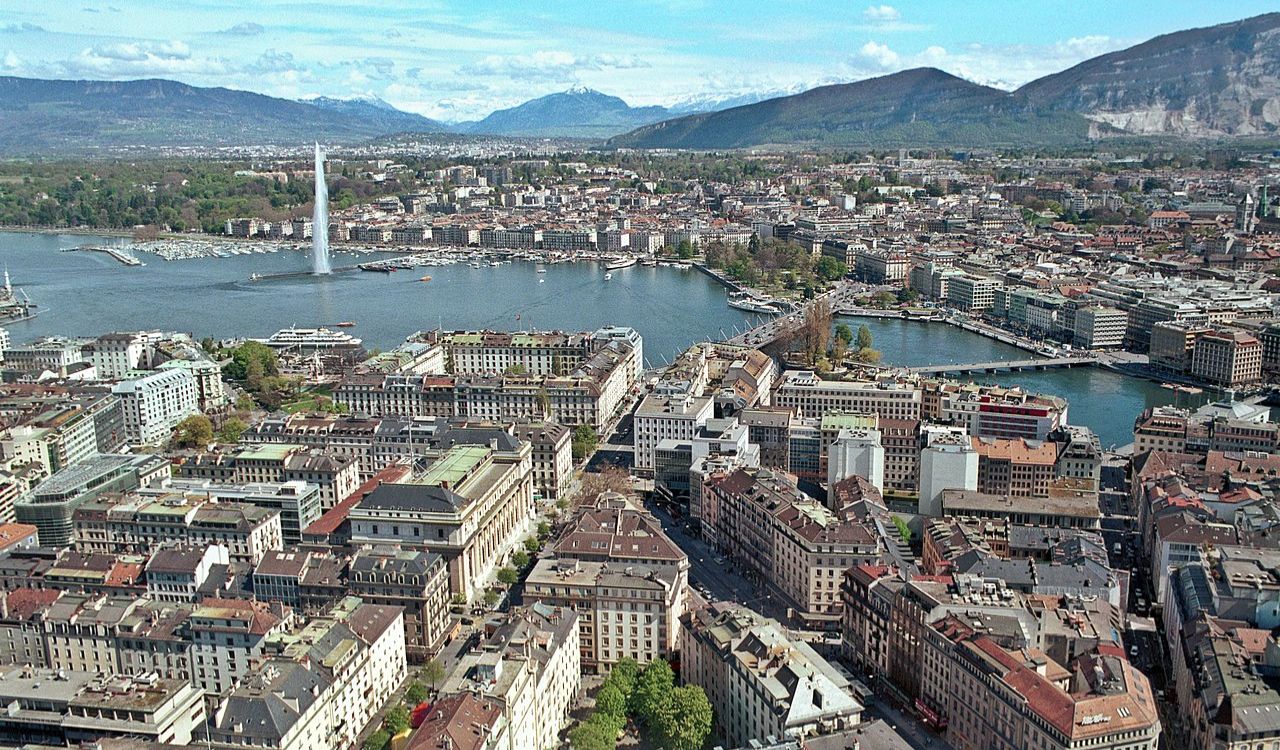
Geneva sits quietly on the shores of Lake Geneva but makes a loud impression globally. It’s a major diplomatic hub, home to the United Nations and countless international organizations. Despite its global importance, Switzerland’s official capital is Bern. Geneva’s scenic beauty, cultural sophistication, and international prestige make it feel far more prominent than its political role suggests. It’s a city where deals are made, ideas are shared, and peace is negotiated—without ever needing to be a capital.
Mumbai, India
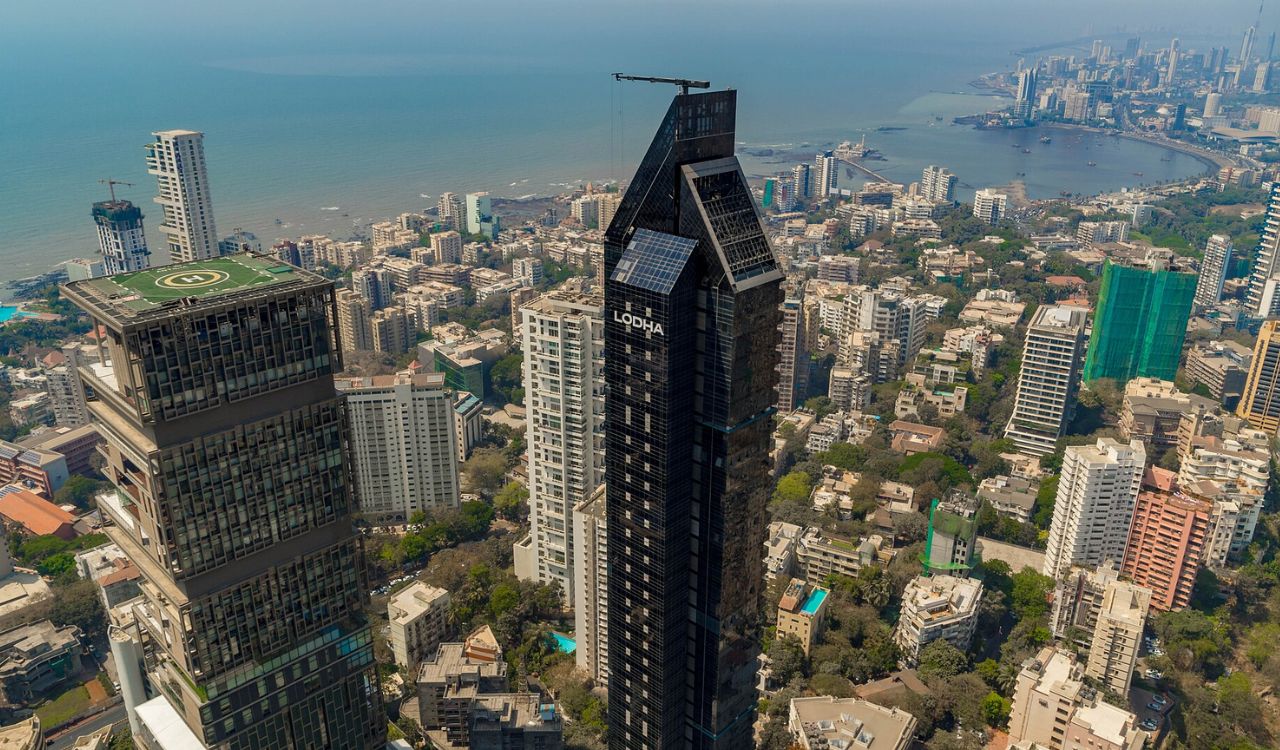
Mumbai is India’s most populous city and its financial heart, yet New Delhi holds the title of capital. From Bollywood to the Bombay Stock Exchange, Mumbai drives India’s economy and entertainment. Its bustling streets, colonial architecture, and sprawling slums reflect a city full of contrast and character. It’s also home to some of India’s wealthiest neighborhoods and most famous landmarks. While it doesn’t host the country’s parliament, Mumbai remains the city that never stops pushing forward.
Cape Town, South Africa
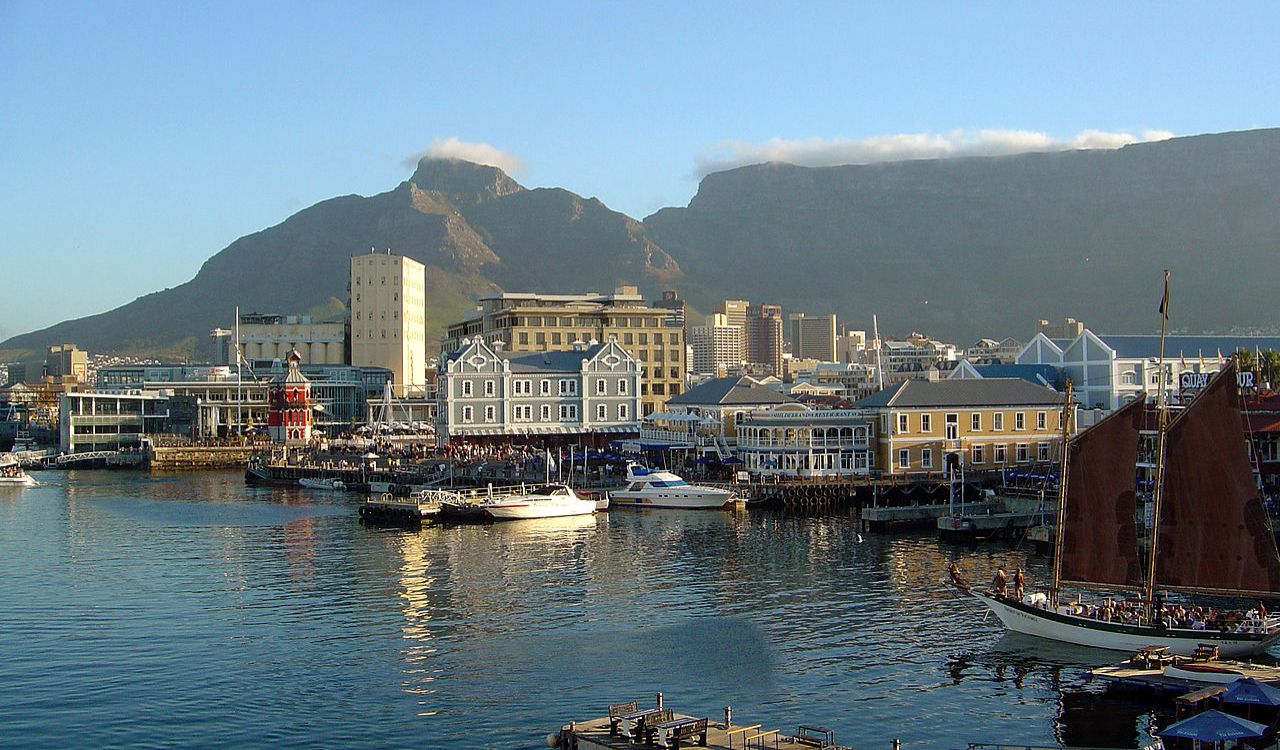
Cape Town, nestled between ocean and mountain, feels like a capital city—but South Africa has three. Pretoria is the administrative capital, Bloemfontein the judicial, and Cape Town the legislative. Among them, Cape Town stands out for its natural beauty, vibrant culture, and historic role in ending apartheid. Its colorful neighborhoods, diverse population, and rich history make it one of the most beloved destinations in Africa. For many visitors, it’s the true face of South Africa.
Barcelona, Spain
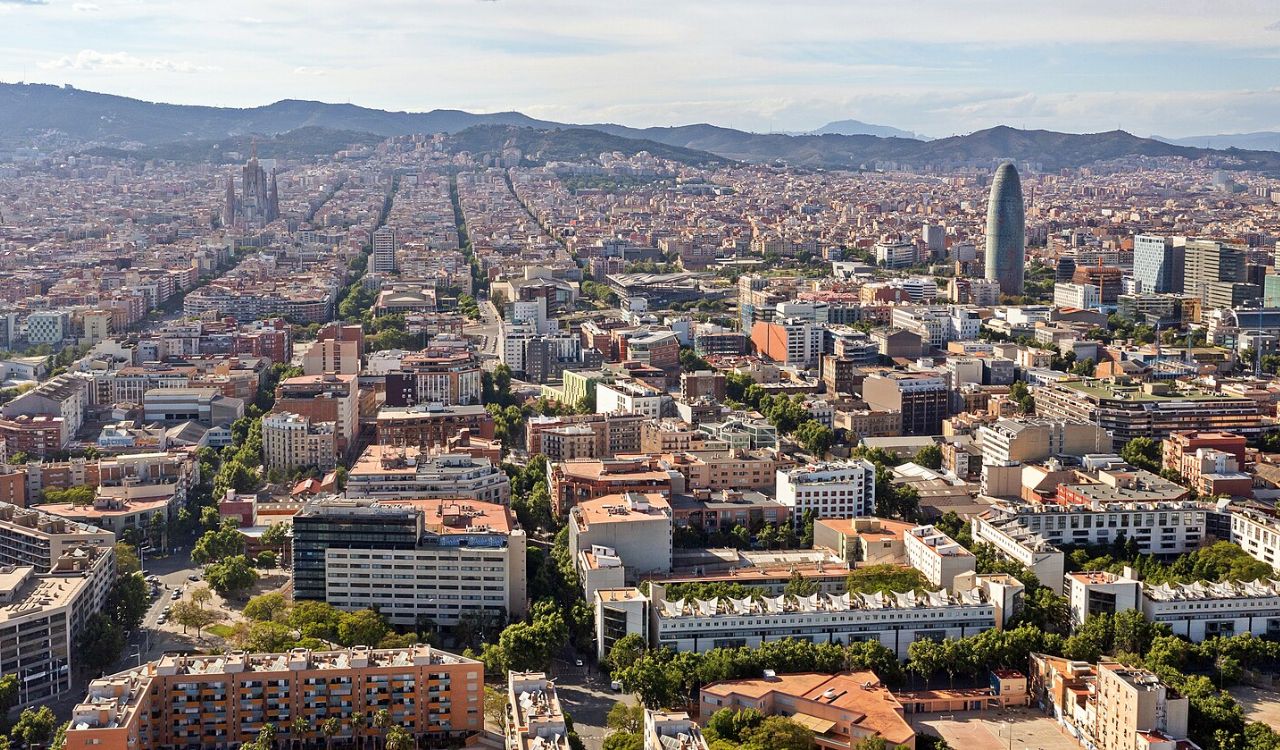
Barcelona is a cultural beacon in Spain, known for its Gaudí architecture, Catalan identity, and Mediterranean charm. But Madrid is the official capital. Barcelona’s independent spirit, lively street life, and thriving tourism industry give it a global presence. As the capital of Catalonia, it has long had a distinct identity within Spain. Whether you’re admiring Sagrada Família or enjoying tapas by the sea, it’s easy to see why so many mistake this dynamic city for the nation’s capital.
Amsterdam, Netherlands

Amsterdam is officially the constitutional capital of the Netherlands, but the government operates from The Hague. With its scenic canals, art museums, and relaxed atmosphere, Amsterdam often feels like the center of Dutch life. It’s where tourists flock, artists thrive, and major global conferences are held. Despite lacking full political control, Amsterdam embodies the country’s values of freedom, creativity, and openness, making it the most internationally recognized Dutch city.
Marrakesh, Morocco
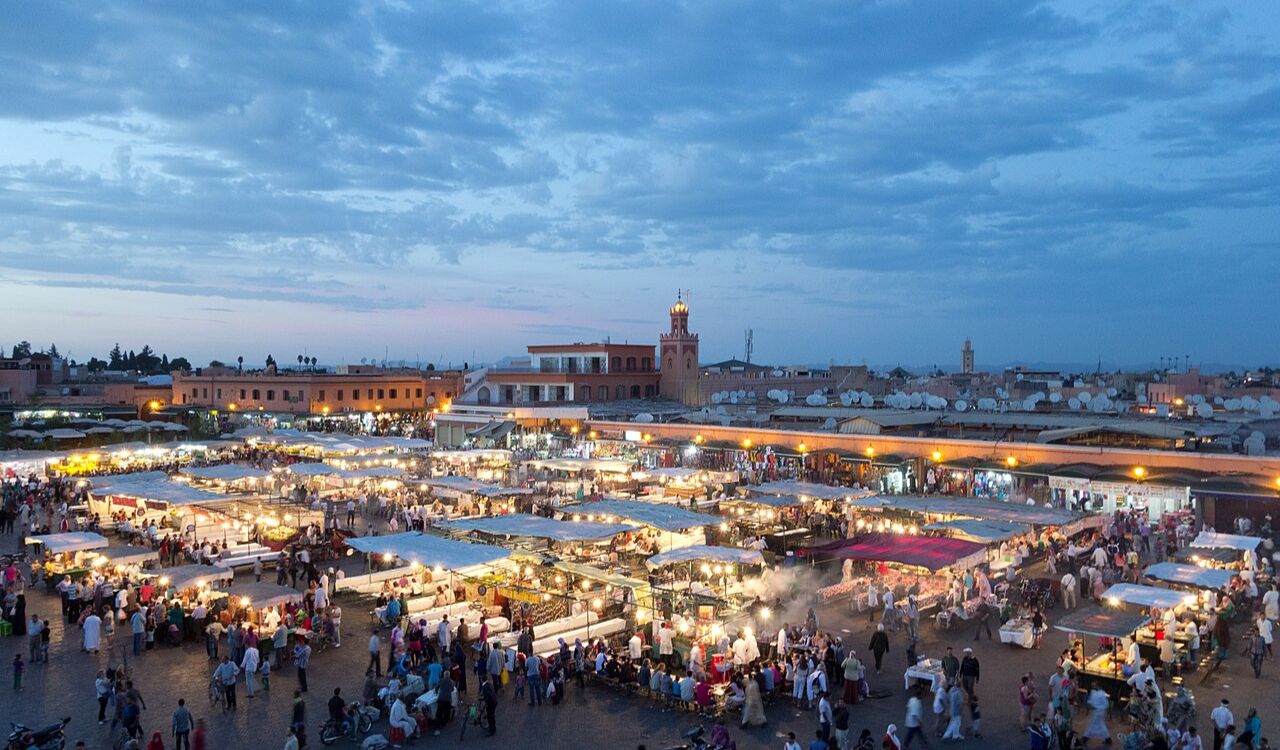
Marrakesh may no longer be Morocco’s capital, but its energy is unmatched. Once the heart of powerful dynasties, the city now draws travelers to its vibrant souks, ancient palaces, and lively squares. Today, Rabat serves as the capital, but Marrakesh remains the country’s most visited and celebrated city. Its influence on Moroccan identity, culture, and tourism runs deep. For many, Marrakesh is Morocco—the past and present woven together in a tapestry of color, sound, and spice.